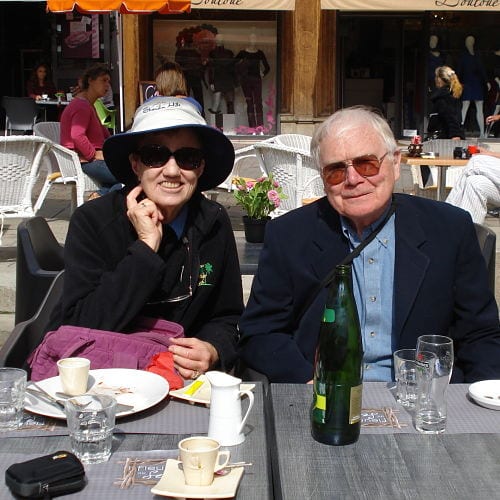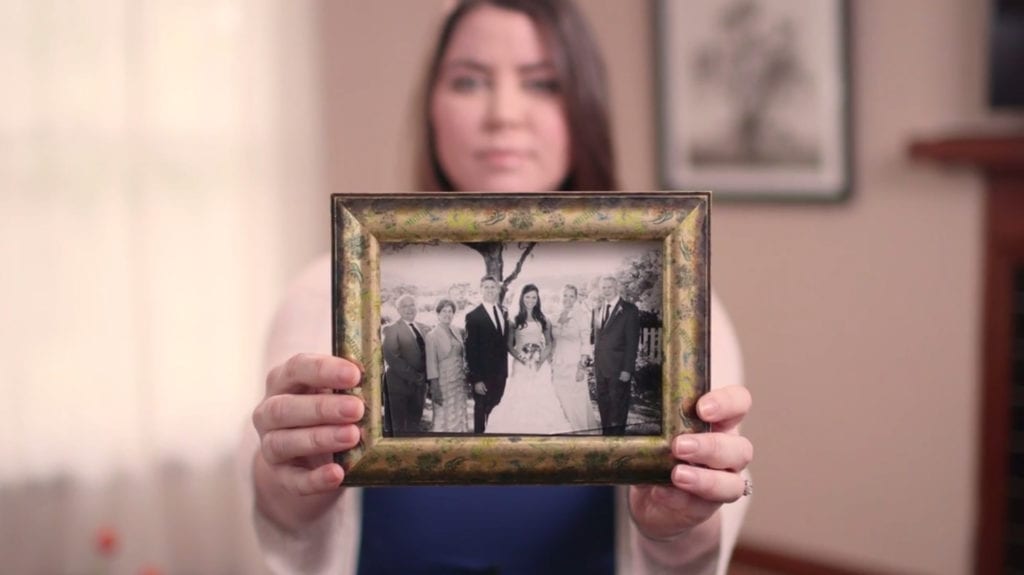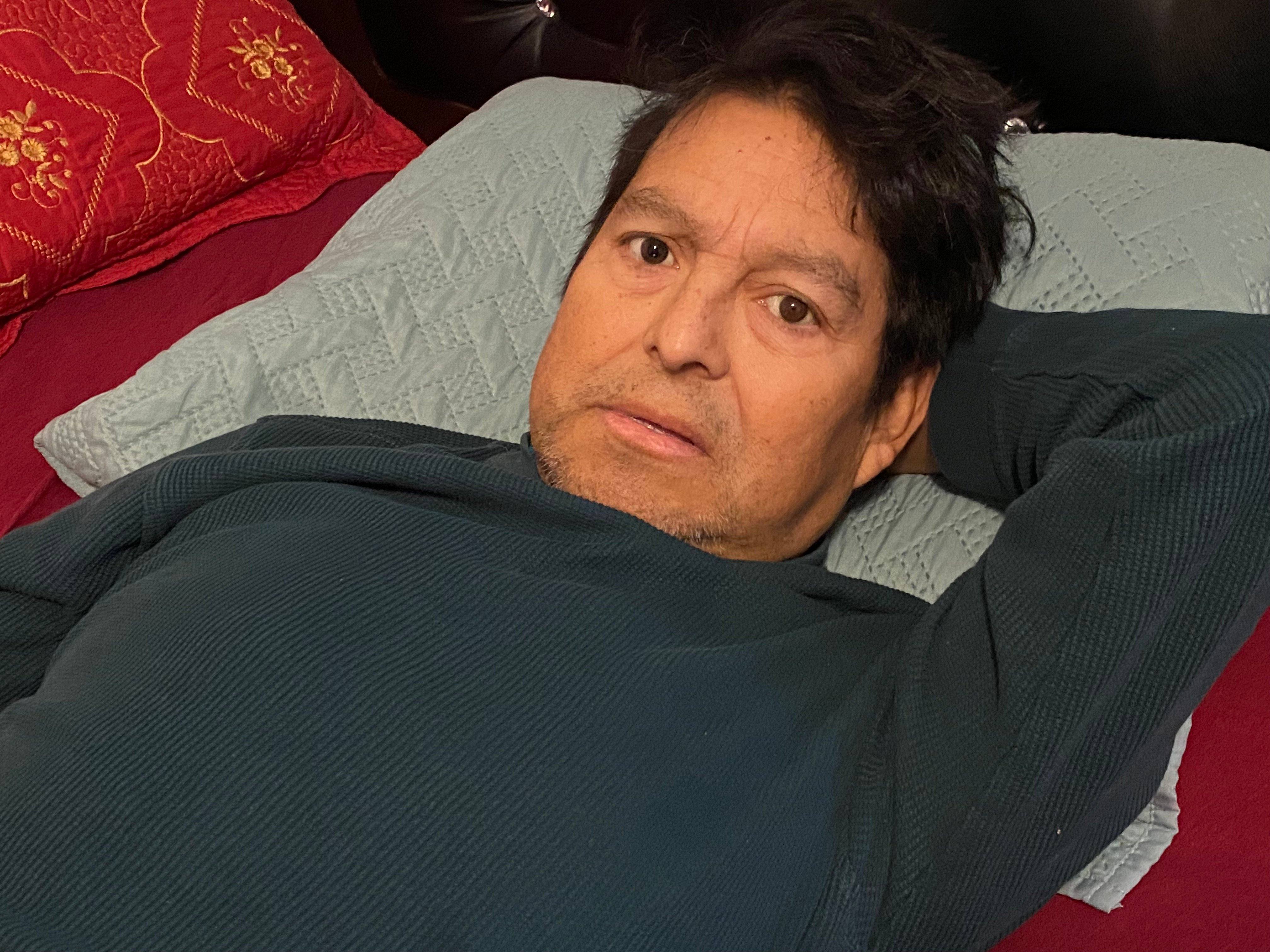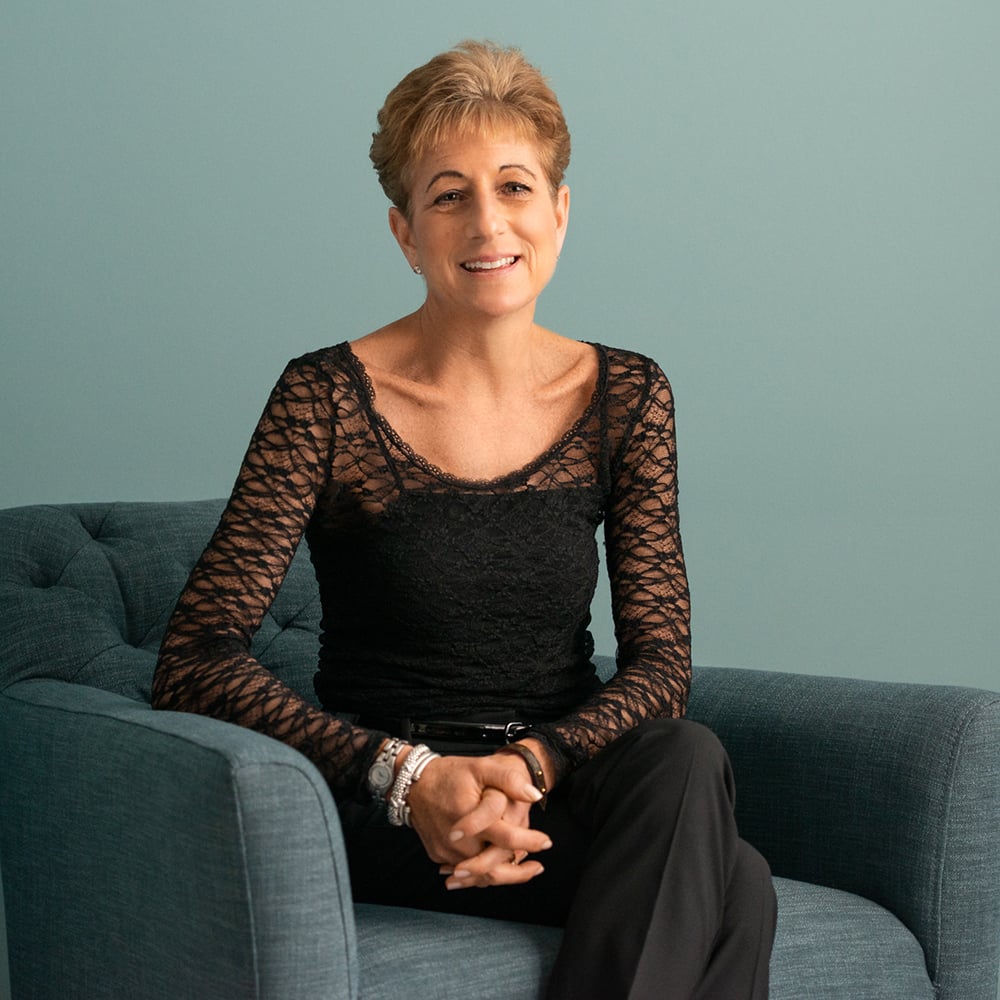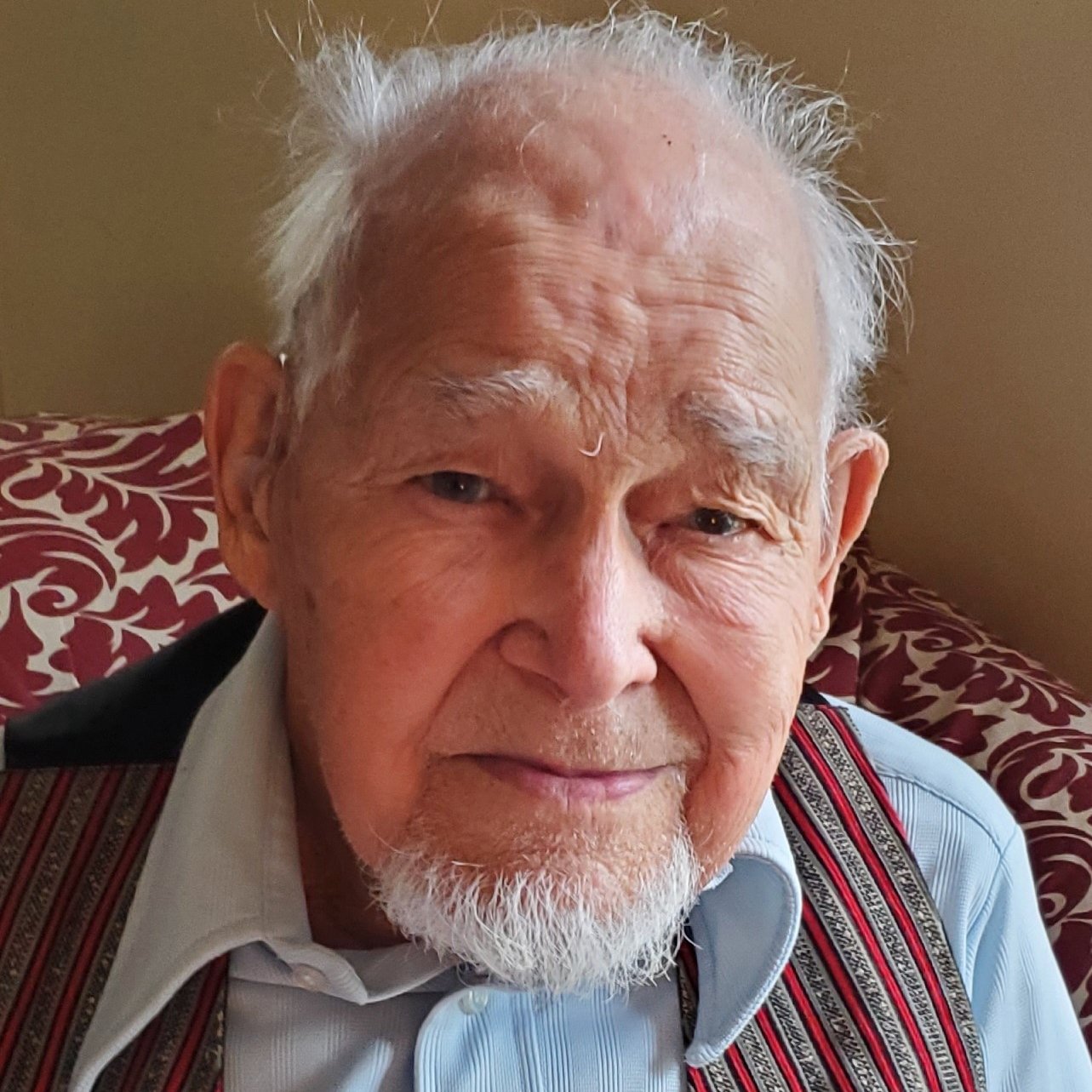Jane shared her story in July of 2019.
Jane’s husband, 83-year-old Julian Roberts, known as Jay, a retired university professor used the California End of Life Option Act on March 15, 2019.
In mid-January, Jane knew something was wrong because Jay seemed a little disoriented, not knowing quite where he was or making mistakes like trying to sit in a chair that was turned the wrong way.
Finally, after an episode while out with Jane’s sister and brother-in-law, Jane called his primary care physician who directed them to take Jay to the emergency room. Once at the hospital, an MRI was performed and they found signs of a brain tumor. A biopsy was scheduled for January 30 to determine the diagnosis – glioblastoma on the right side of his brain.
The next day, Jay was moved to a local skilled nursing facility. Jay and Jane met with a consulting oncologist who suggested what could be done to slow things down – radiation, chemotherapy, or surgery. Jay met all three suggestions with the phrase, "I want to die as soon as possible." Jay felt he had lived a good life and didn't want to prolong his dying process. His family was 100% on board with his decision to utilize California’s medical aid-in-dying law, an option the family had supported even before the law had passed in California.
The oncologist stated he was unwilling to prescribe the necessary medication due to his religious beliefs. However, he did recommend another physician in the same medical system who cooperated. On February 21, Jay met with that doctor and started the process with his first official request for medical aid in dying.
Jay's second and final appointment was on March 13th, where the willing physician asked him if he wanted to rescind or proceed. Jay stated very firmly, "I want to proceed."
Jane shared, “Jay absolutely never wavered from the moment he learned of his diagnosis. In fact, every day before the second appointment, he would beg, ‘Just do it!’ We kept having to explain that we had to wait. That was the most awful part of the whole process.”
Two days later, on the morning of March 15, the package containing the medication arrived. Jay was ready to take the medication and he did so within the hour of arrival. Jane and their daughter, Annie, mixed the medication with apple juice and Annie asked Jay, "Dad, is this what you want?" To which Jay replied, "By all means." "
He drank out of a straw and soon he was gone. It was utterly peaceful,” Jane expressed.
Jay accepted death with perfect equanimity. Annie and Jane were at peace with what he wanted, happy that they were able to find a doctor willing to prescribe under the law and that they could be with him at the end.
Overall, the experience was positive and Jane feels thankful that they were able to do what was right for Jay. Jane wishes, however, that the process could have been faster and hopes that in the near future the California legislature will decrease the waiting period so that people like Jay, who are clear and determined in their decision, do not have to suffer needlessly for a longer period of time. “On January 30, Jay knew he wanted to access CA’s law, but it wasn’t until February 21 when he met with a willing physician. Then, he had to wait another 17 days for the second appointment before he could receive his medication. The time it took was an excruciating and unnecessary burden,” Jane conveyed.
Read More:
Redlands Community News - Former U of R professor uses End of Life Option Act
Redlands Community News - Redlands Forum discusses ‘control’ of end-of-life choices
The LA Times: The Waiting is the Hardest Part


